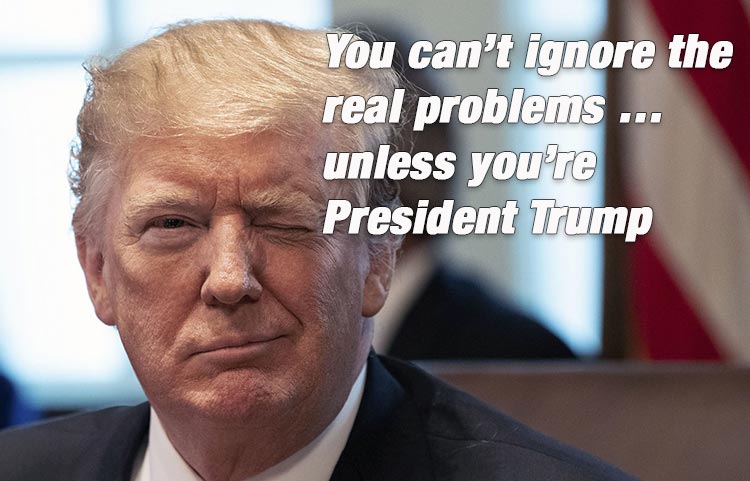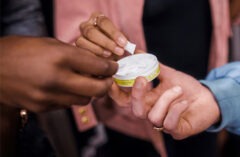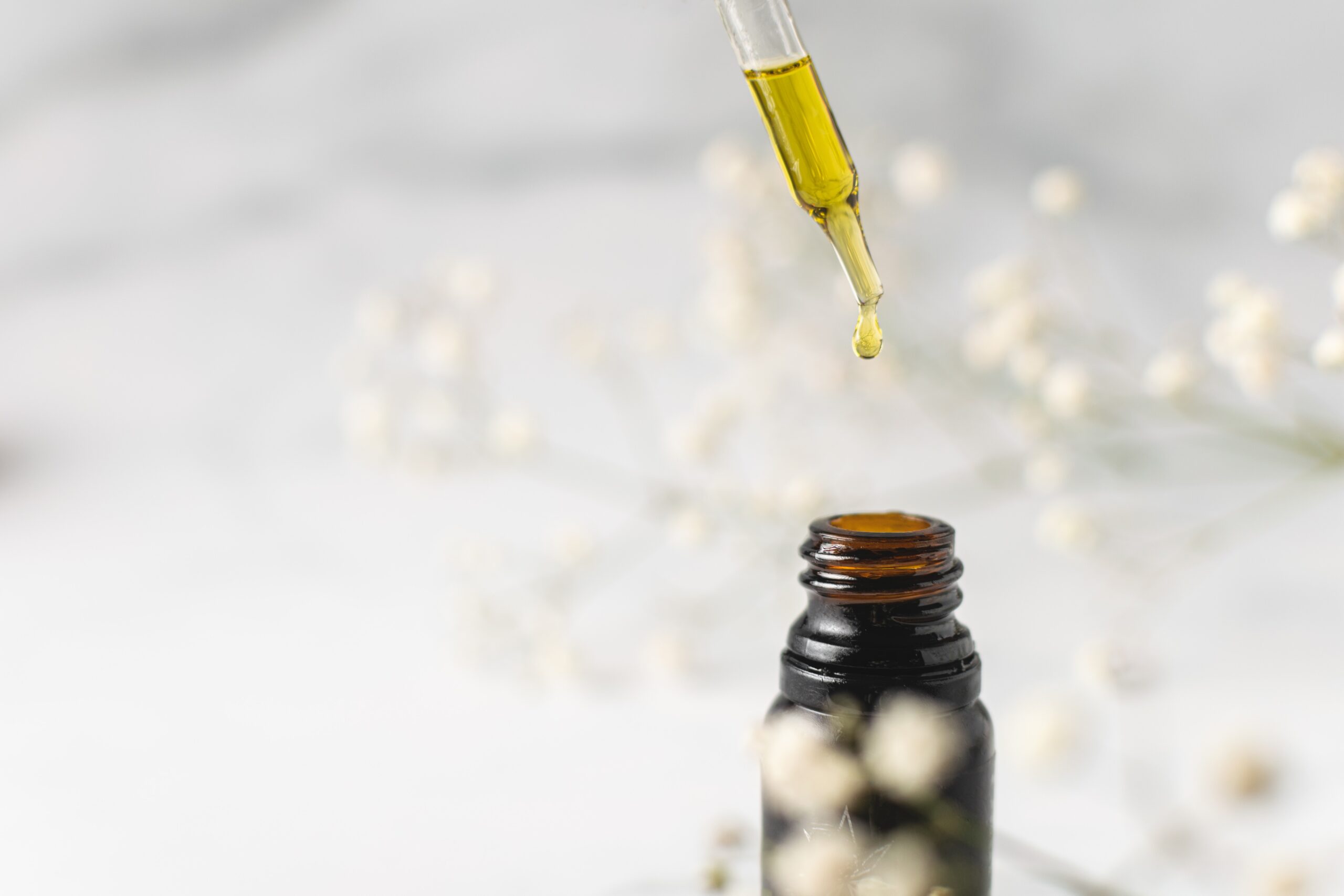Table of Contents [show]
Based on annual statistics, 274 Americans were either hurt or killed by firearm today alone. Another 1,200 died from illnesses related to smoking tobacco in that same 24-hour span. So, our astute, highly skilled President felt that this was the right time to address the vaping industry in one broad stroke, proposing a ban on all flavored vape products.
You know… for the five American MENSA candidates who were bright enough to vape bathtub-grade THC cartridges in their rigged $10 e-cigarettes. Because THAT’S the real epidemic. And President Trump has also chosen to ignore the fact that the five deaths attributed to “vaping” were directly related to bad, homemade THC, and not general vaping products.
This is like ignoring warnings about a looming earthquake, then blaming the collapse of your home on a leaky pipe.

So, here we are – an industry that has been borne from (and built around) the idea of offering a better alternative to smoking cigarettes, once again fighting the watchful eye of Big (brother) Government, and the bigger tobacco lobby than funds it. And it’s under fire from a guy who probably still believes Hurricane Dorian is going to circle back from the North Atlantic to purposefully destroy Alabama.
Flavor Ban – It’s not an idle threat this time around
As of this writing, the U.S. Food and Drug Administration plans to remove “all non-tobacco flavors of e-cigarettes” from the U.S. market within a 30-day window. So, if that fruit-flavored vape successfully helped you wean your smoking habit years ago, you won’t be able to enjoy it much longer. Instead, if you still want nicotine satisfaction, you’ll be forced to vape tobacco and menthol flavors exclusively.
And if you’re vaping tobacco flavors again… there’s a good chance you’re going to slowly but surely want to go back to the source material (read: cigarettes) before very long. Imagine that – a government that is willing to put your best interests aside, in favor of securing long-term funding for their own initiatives.
We’ve read this book before, and we don’t like the obvious ending.
In the Words of Letterkenny…
…To be fair, companies will be able to reintroduce flavored products, but only upon submitting formal applications and being granted FDA approval – which could take years to complete, effectively ending operations for thousands of honest, reputable vape product manufacturers. Not only is the approval process unnecessarily difficult, but it’s also costly, which could spell the end of countless small businesses before their fight even gets started.
If Trump feels his actions are going to hurt China (a country he has declared an economic enemy for decades) economically, he might be right. But doing so fails to acknowledge the hundreds of U.S.-based vaping companies (and thousands of U.S.-based jobs) that are going to suffer for it, resulting in millions in lost revenue possibilities.
All this damage… because some dummies felt the guys handing out bootleg weed vapes were “trustworthy retailers.”
An off-target approach
Naturally, the argument against vaping is that it will lead to smoking before long, adding to the nationwide tobacco problem. But, rather than researching countless reports of vaping as a successful method of smoking cessation, our elected brain trust (on the urging of Ph.D. candidate Melania Trump) instead continues to rely on privately funded research against vaping.
(If you can’t guess who’s funding THESE studies, I have some land to sell you in Mesopotamia.)
Because THC products are still federally illegal, there isn’t any FDA regulation to stand behind, which is likely why Congress and the White House conveniently omitted any mention of it during their press briefings. Yet, it still doesn’t make the connection to traditional, nicotine-based vaping products.
And even though the Centers for Disease Control and Prevention (CDC) knows THC is the primary ingredient in these 380+ cases of “vaping incidents,” they continue to urge people to stop all vaping activities, regardless of ingredients.
But Get This
“Most patients have reported a history of using e-cigarette products containing THC. Many patients have reported using THC and nicotine. Some have reported the use of e-cigarette products containing only nicotine.” – Latest Outbreak Information on Lung Disease Associated with Electronic Cigarettes
To draw another parallel, this is equivalent to shutting down the beef industry because McDonald’s failed a single inspection.
A few glimmers of hope
Thankfully, the FDA seems to have a better grasp on the situation, recently claiming that “consumers are urged to avoid buying vaping products on the street and to refrain from using THC oil or modifying [or] adding any substances to products purchased in stores.”
President Trump, please read back this FDA statement slowly, and have your latest round of hires translate, if needed:
The people that were hurt by vaping were buying homemade, likely unclean, THC-based oils, and vaping them in products that weren’t designed for such consumables. This includes modified liquids and unsafe, warranty-voiding modifications of closed vape devices.
For the newcomers this means the JUUL wasn’t designed to vape such THC liquids, but when less-intelligent users decide to modify equipment and ingredients, it’s “still JUUL’s fault.” I’ll keep this in mind the next time I put diesel in my unleaded engine, then street race it in second gear.
The truth is, the only thing keeping the vape industry from falling into complete panic is knowing that our President hasn’t been too good at following through on his initiatives, simply because he starts chasing other squirrels that cross his line of sight.
Some sense from people that actually KNOW vaping
We here at Spinfuel VAPE were hesitant to respond to this recent uproar, because unlike so many other sites, we’re not content to blindly respond. But it seems like the dust is already settling, and the outlook for the vaping industry as we know it is fairly grim.
Now, let’s see if cooler heads prevail, shall we?




